
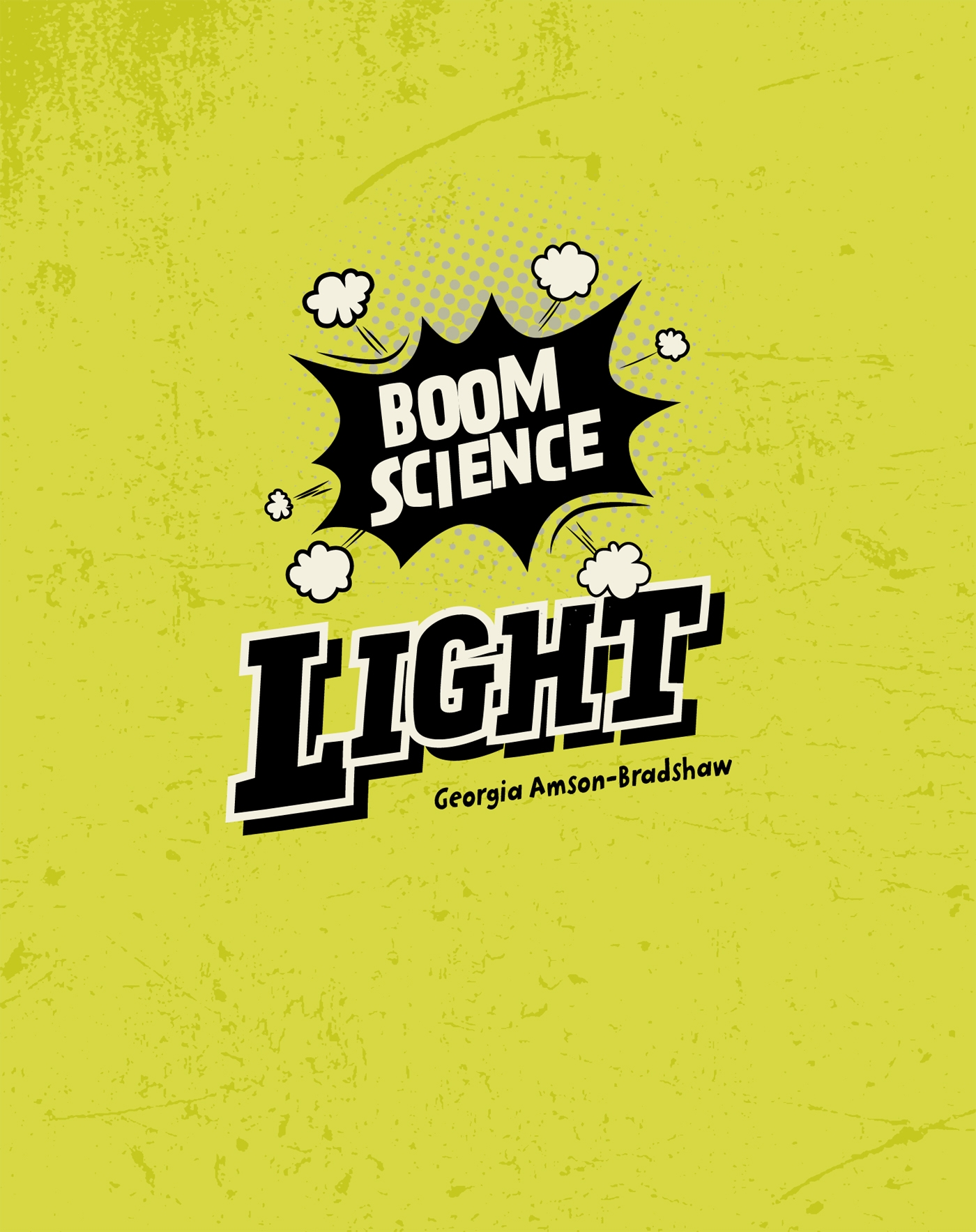 Published in 2020 by The Rosen Publishing Group, Inc. 29 East 21st Street, New York, NY 10010 Cataloging-in-Publication Data Names: Amson-Bradshaw, Georgia. Title: Light / Georgia Amson-Bradshaw. Description: New York: PowerKids Press, 2020. | Series: Boom science | Includes glossary and index. Identifiers: ISBN 9781725303737 (pbk.) | ISBN 9781725303751 (library bound) | ISBN 9781725303744 (6pack) Subjects: LCSH: Light--Juvenile literature.
Published in 2020 by The Rosen Publishing Group, Inc. 29 East 21st Street, New York, NY 10010 Cataloging-in-Publication Data Names: Amson-Bradshaw, Georgia. Title: Light / Georgia Amson-Bradshaw. Description: New York: PowerKids Press, 2020. | Series: Boom science | Includes glossary and index. Identifiers: ISBN 9781725303737 (pbk.) | ISBN 9781725303751 (library bound) | ISBN 9781725303744 (6pack) Subjects: LCSH: Light--Juvenile literature.
Classification: LCC QC360.A56 2020 | DDC 535--dc23 Copyright 2020 Wayland, a division of Hachette Childrens Group Series Editor: Georgia Amson-Bradshaw Series Designer: Rocket Design (East Anglia) Ltd Picture acknowledgements: Images from b All illustrations on pages by Steve Evans All design elements from Shutterstock. All rights reserved. No part of this book may be reproduced in any form without permission in writing from the publisher, except by a reviewer. Manufactured in the United States of America CPSIA Compliance Information: Batch CSPK19: For Further Information contact Rosen Publishing, New York, New York at 1-800-237-9932. 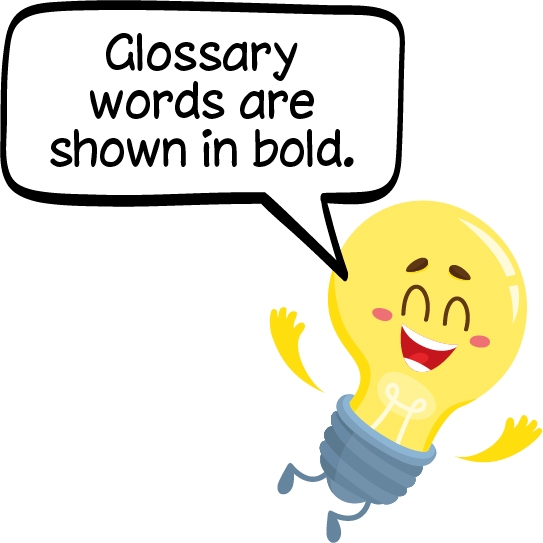 CONTENTS BRIGHT LIGHT We need light to see and to stay alive. LIGHT AND DARK We see using light.
CONTENTS BRIGHT LIGHT We need light to see and to stay alive. LIGHT AND DARK We see using light.
Without light, it is . The darker it is, the harder it is to see. When it is completely dark, we cannot see anything at all.  LIFE-GIVER Light is very important. As well as letting us see, light from the sun helps plants to grow.
LIFE-GIVER Light is very important. As well as letting us see, light from the sun helps plants to grow.  RAYS OF LIGHT Light travels in straight lines, called .
RAYS OF LIGHT Light travels in straight lines, called .  RAYS OF LIGHT Light travels in straight lines, called .
RAYS OF LIGHT Light travels in straight lines, called .
You can sometimes see rays of light when the sun is behind clouds, or shining through trees. 
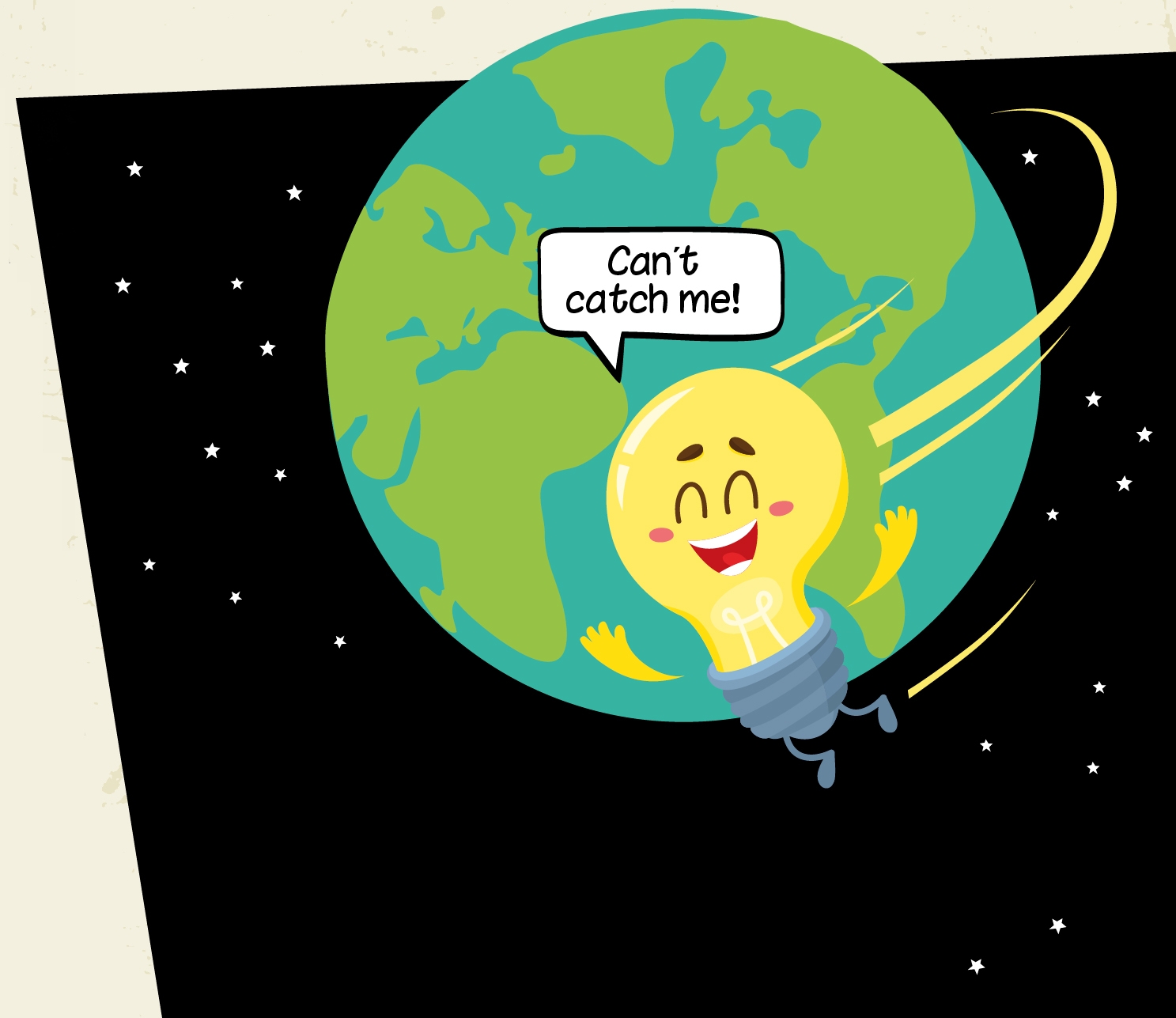 Wow! Light is the fastest thing in the universe. If you could travel at the same speed as light, you could go around Earth 7.5 times in a single second! LIGHT SOURCES Light is given off by natural and man-made sources. MAKING LIGHT Something that gives off light is called a . The sun is our main light source.
Wow! Light is the fastest thing in the universe. If you could travel at the same speed as light, you could go around Earth 7.5 times in a single second! LIGHT SOURCES Light is given off by natural and man-made sources. MAKING LIGHT Something that gives off light is called a . The sun is our main light source.  NATURAL SOURCES The sun is a natural light source, and so is lightning.
NATURAL SOURCES The sun is a natural light source, and so is lightning.  NATURAL SOURCES The sun is a natural light source, and so is lightning.
NATURAL SOURCES The sun is a natural light source, and so is lightning.
The moon is not a light source, because it doesnt make its own light. Instead, it light from the sun. Wow! Some types of mushrooms glow in the dark! The ability of some living things to give off light is called . 
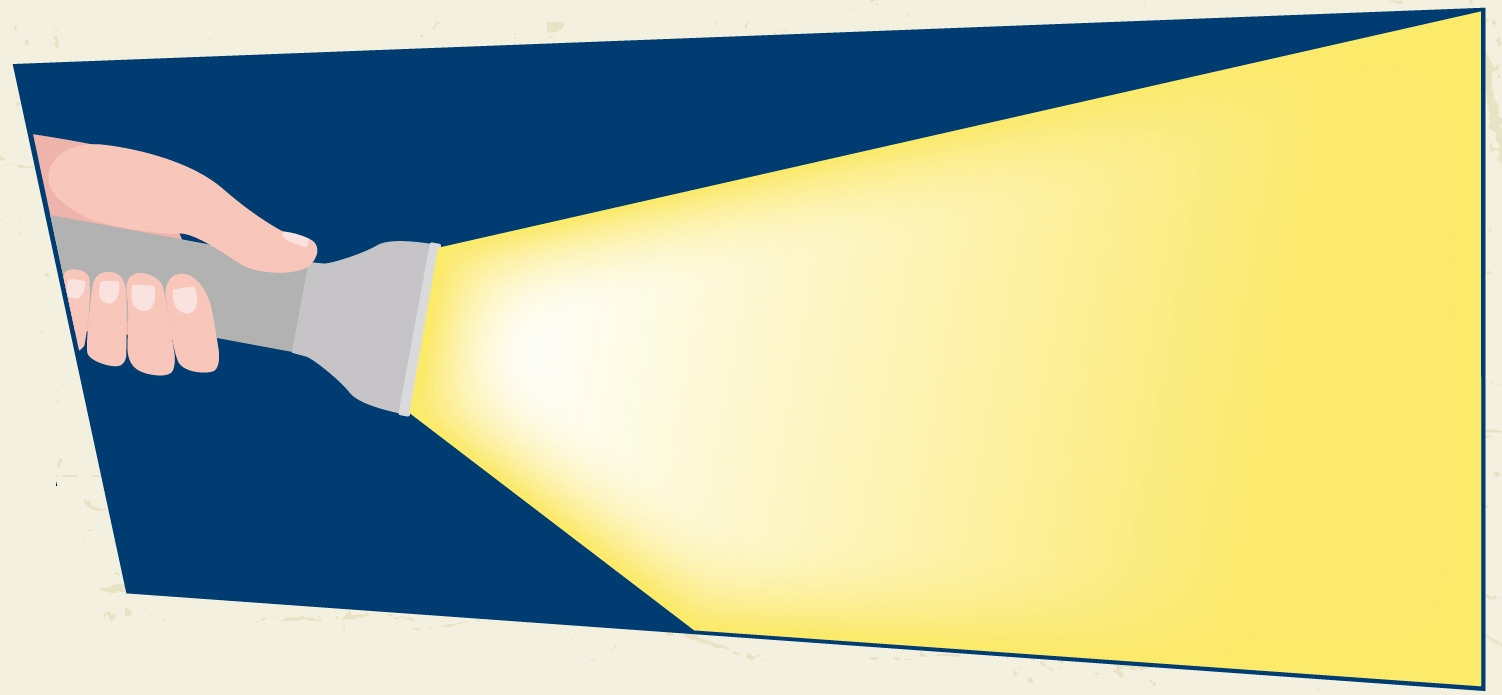 MAN-MADE SOURCES Some light sources are made by people. These include electric lights such as flashlights, and the lights in our houses. Candles and fireworks are other man-made light sources.
MAN-MADE SOURCES Some light sources are made by people. These include electric lights such as flashlights, and the lights in our houses. Candles and fireworks are other man-made light sources.
HEY, WHAT AM I? Not all man-made light sources are used to light things up. What is the light source in this picture? Answer on page 28.  SEEING Light allows us to see things. HOW SIGHT WORKS
SEEING Light allows us to see things. HOW SIGHT WORKS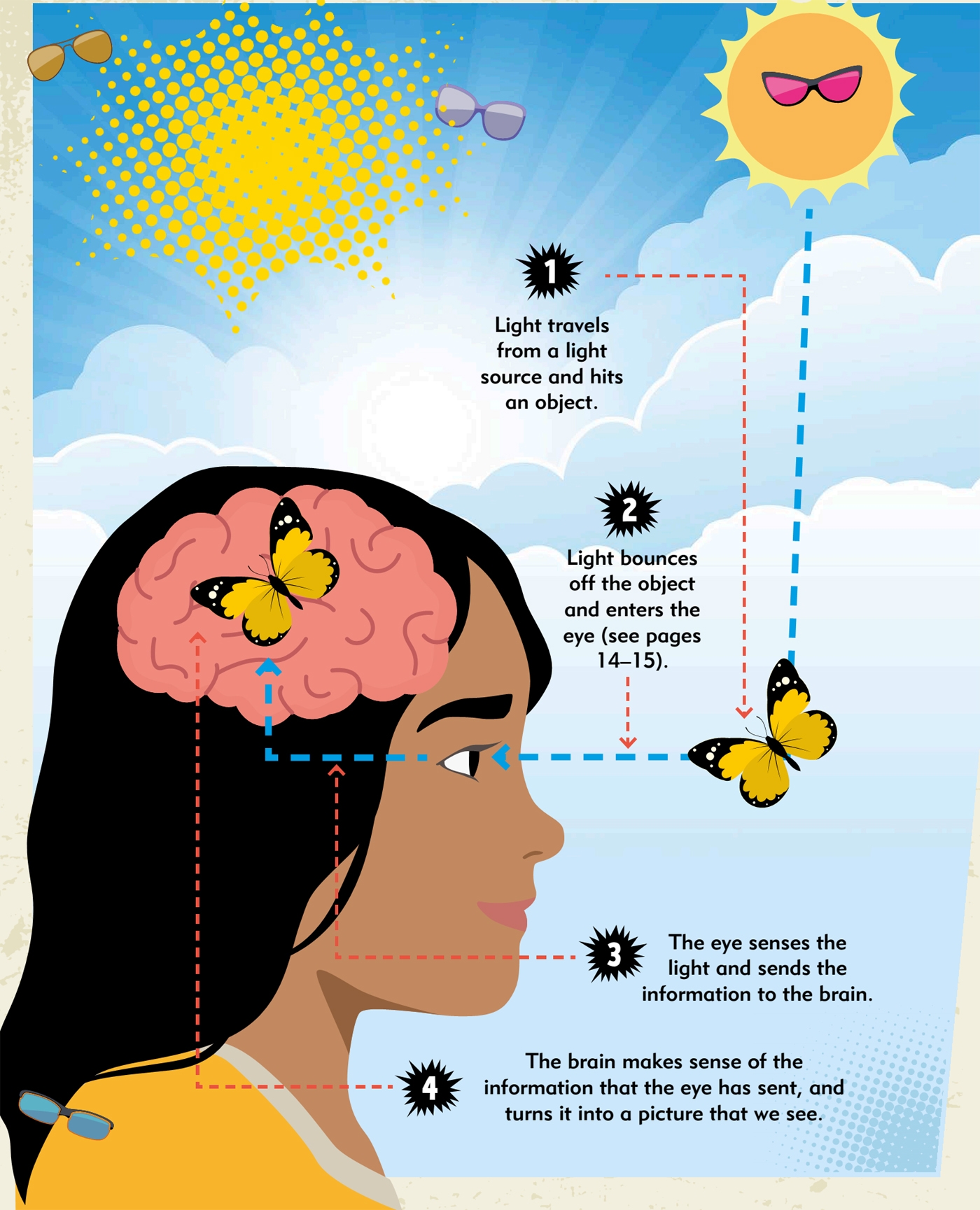 STAYING SAFE We need light to see, but light from the sun is very strong. Wearing sunglasses on sunny days helps protect your eyes, but even with sunglasses on, you should never look directly at the sun.
STAYING SAFE We need light to see, but light from the sun is very strong. Wearing sunglasses on sunny days helps protect your eyes, but even with sunglasses on, you should never look directly at the sun. 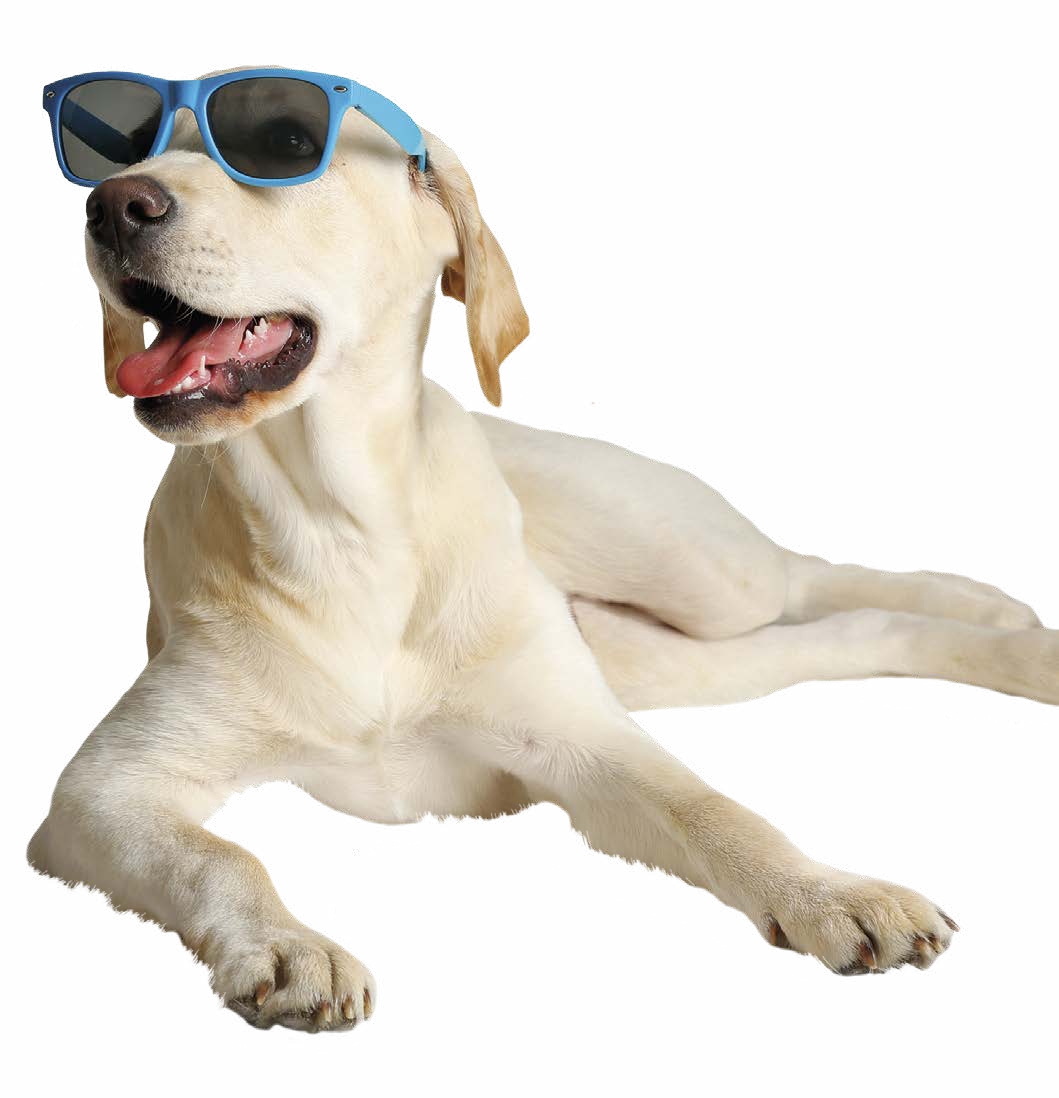 HIDE AND SEEK How many pairs of sunglasses can you spot? Answer on page 28.
HIDE AND SEEK How many pairs of sunglasses can you spot? Answer on page 28.
Wow! The giant squid has the biggest eyes in the world. At 11 inches (28 cm) across, they are as big as dinner plates! 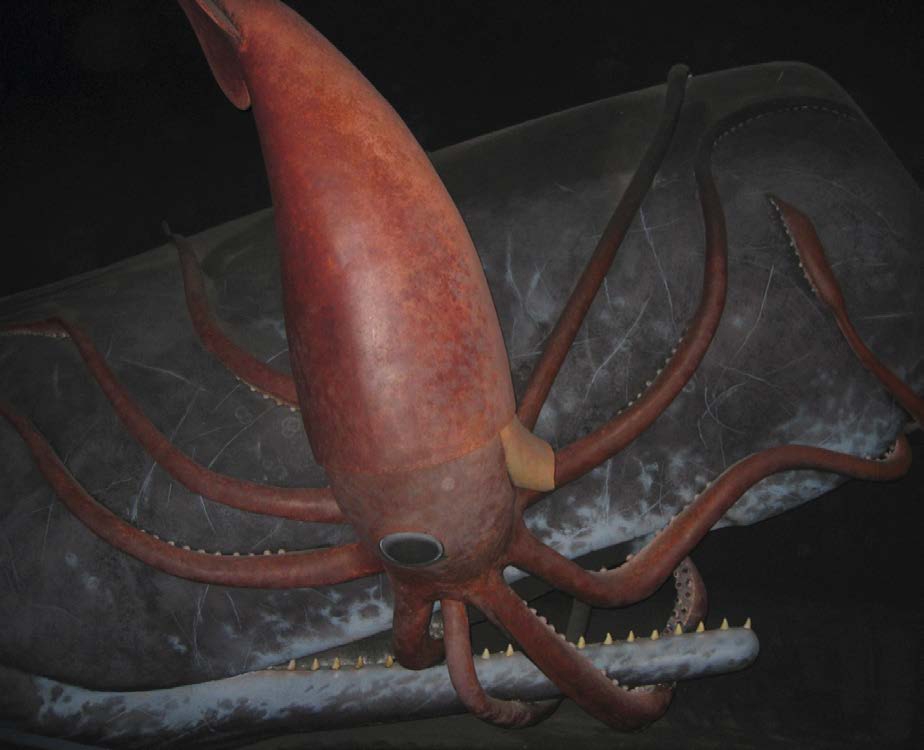 YOUR TURN! EYES vs. BRAIN What you see is a picture made by your brain, using information sent from your eyes. Trick your brain with this experiment. Youll need:
YOUR TURN! EYES vs. BRAIN What you see is a picture made by your brain, using information sent from your eyes. Trick your brain with this experiment. Youll need: 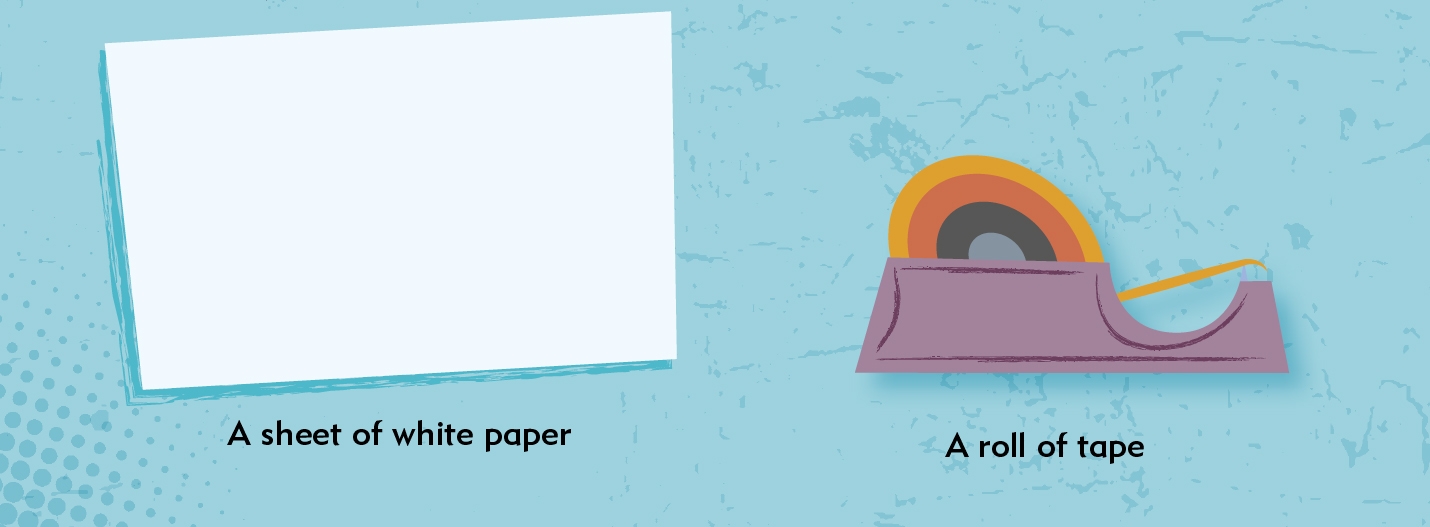 STEP ONE Roll the piece of paper into a tube, lengthways.
STEP ONE Roll the piece of paper into a tube, lengthways. 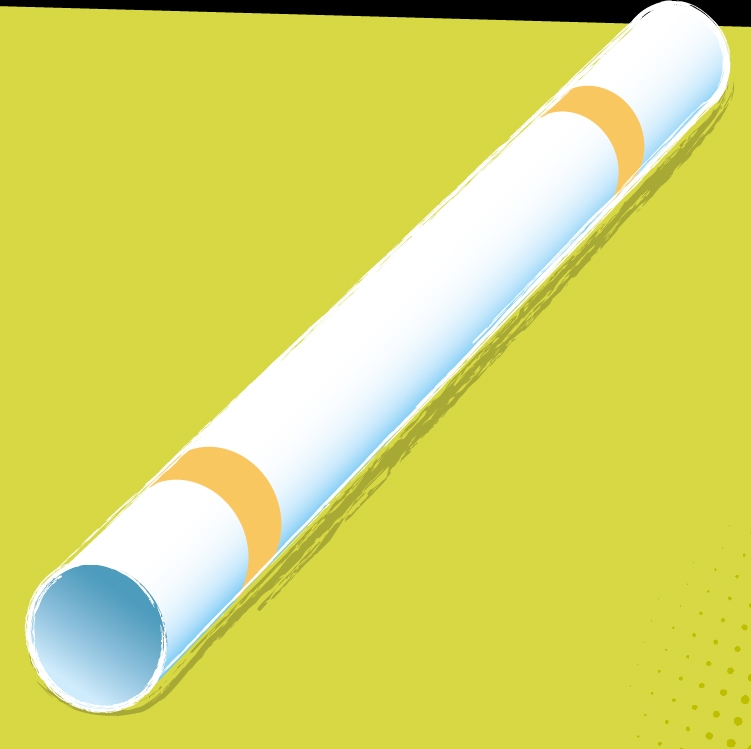 STEP TWO Hold the tube up to your right eye and look through it, keeping both eyes open.
STEP TWO Hold the tube up to your right eye and look through it, keeping both eyes open.  STEP TWO Hold the tube up to your right eye and look through it, keeping both eyes open.
STEP TWO Hold the tube up to your right eye and look through it, keeping both eyes open.
You should see what is going on around the tube, as well as the inside of the tube.  STEP THREE Hold your left hand open with a flat palm, and place the side of it up against the tube, about two-thirds of the way down. Keep both eyes open. Experiment with moving your flat palm nearer and further from your eye. Now what can you see? Why do you think that is? Answer on page 28.
STEP THREE Hold your left hand open with a flat palm, and place the side of it up against the tube, about two-thirds of the way down. Keep both eyes open. Experiment with moving your flat palm nearer and further from your eye. Now what can you see? Why do you think that is? Answer on page 28.  REFLECTING It can be funny to think of light bouncing, as though it were a rubber ball! But just like a ball, when light hits a surface, it bounces off and starts traveling in another direction.
REFLECTING It can be funny to think of light bouncing, as though it were a rubber ball! But just like a ball, when light hits a surface, it bounces off and starts traveling in another direction.  REFLECTING It can be funny to think of light bouncing, as though it were a rubber ball! But just like a ball, when light hits a surface, it bounces off and starts traveling in another direction.
REFLECTING It can be funny to think of light bouncing, as though it were a rubber ball! But just like a ball, when light hits a surface, it bounces off and starts traveling in another direction.
Next page
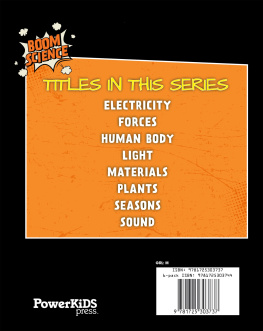

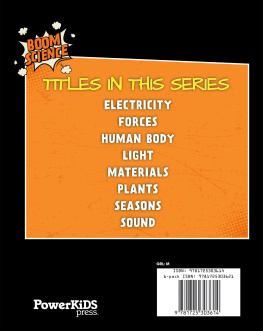

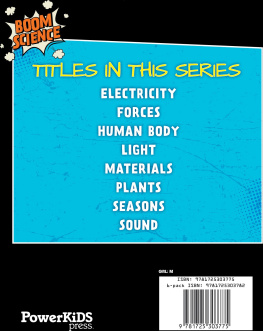
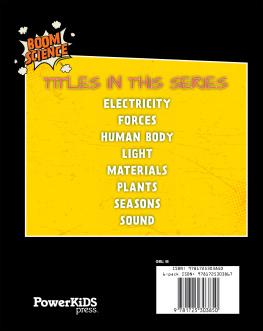
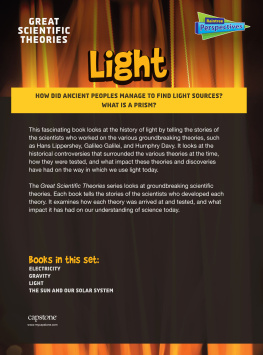
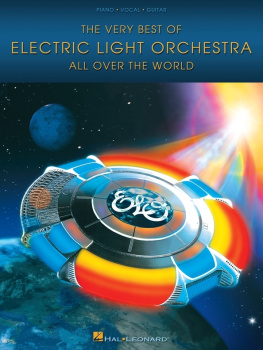


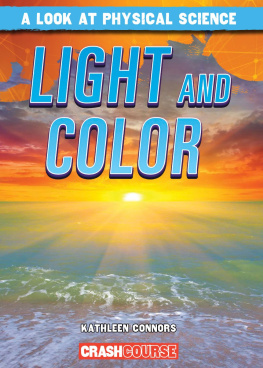
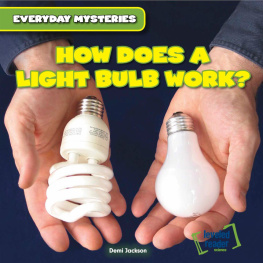

 Published in 2020 by The Rosen Publishing Group, Inc. 29 East 21st Street, New York, NY 10010 Cataloging-in-Publication Data Names: Amson-Bradshaw, Georgia. Title: Light / Georgia Amson-Bradshaw. Description: New York: PowerKids Press, 2020. | Series: Boom science | Includes glossary and index. Identifiers: ISBN 9781725303737 (pbk.) | ISBN 9781725303751 (library bound) | ISBN 9781725303744 (6pack) Subjects: LCSH: Light--Juvenile literature.
Published in 2020 by The Rosen Publishing Group, Inc. 29 East 21st Street, New York, NY 10010 Cataloging-in-Publication Data Names: Amson-Bradshaw, Georgia. Title: Light / Georgia Amson-Bradshaw. Description: New York: PowerKids Press, 2020. | Series: Boom science | Includes glossary and index. Identifiers: ISBN 9781725303737 (pbk.) | ISBN 9781725303751 (library bound) | ISBN 9781725303744 (6pack) Subjects: LCSH: Light--Juvenile literature. CONTENTS BRIGHT LIGHT We need light to see and to stay alive. LIGHT AND DARK We see using light.
CONTENTS BRIGHT LIGHT We need light to see and to stay alive. LIGHT AND DARK We see using light. LIFE-GIVER Light is very important. As well as letting us see, light from the sun helps plants to grow.
LIFE-GIVER Light is very important. As well as letting us see, light from the sun helps plants to grow.  RAYS OF LIGHT Light travels in straight lines, called .
RAYS OF LIGHT Light travels in straight lines, called . 
 Wow! Light is the fastest thing in the universe. If you could travel at the same speed as light, you could go around Earth 7.5 times in a single second! LIGHT SOURCES Light is given off by natural and man-made sources. MAKING LIGHT Something that gives off light is called a . The sun is our main light source.
Wow! Light is the fastest thing in the universe. If you could travel at the same speed as light, you could go around Earth 7.5 times in a single second! LIGHT SOURCES Light is given off by natural and man-made sources. MAKING LIGHT Something that gives off light is called a . The sun is our main light source.  NATURAL SOURCES The sun is a natural light source, and so is lightning.
NATURAL SOURCES The sun is a natural light source, and so is lightning. 
 MAN-MADE SOURCES Some light sources are made by people. These include electric lights such as flashlights, and the lights in our houses. Candles and fireworks are other man-made light sources.
MAN-MADE SOURCES Some light sources are made by people. These include electric lights such as flashlights, and the lights in our houses. Candles and fireworks are other man-made light sources. SEEING Light allows us to see things. HOW SIGHT WORKS
SEEING Light allows us to see things. HOW SIGHT WORKS STAYING SAFE We need light to see, but light from the sun is very strong. Wearing sunglasses on sunny days helps protect your eyes, but even with sunglasses on, you should never look directly at the sun.
STAYING SAFE We need light to see, but light from the sun is very strong. Wearing sunglasses on sunny days helps protect your eyes, but even with sunglasses on, you should never look directly at the sun.  HIDE AND SEEK How many pairs of sunglasses can you spot? Answer on page 28.
HIDE AND SEEK How many pairs of sunglasses can you spot? Answer on page 28. YOUR TURN! EYES vs. BRAIN What you see is a picture made by your brain, using information sent from your eyes. Trick your brain with this experiment. Youll need:
YOUR TURN! EYES vs. BRAIN What you see is a picture made by your brain, using information sent from your eyes. Trick your brain with this experiment. Youll need:  STEP ONE Roll the piece of paper into a tube, lengthways.
STEP ONE Roll the piece of paper into a tube, lengthways.  STEP TWO Hold the tube up to your right eye and look through it, keeping both eyes open.
STEP TWO Hold the tube up to your right eye and look through it, keeping both eyes open.  STEP THREE Hold your left hand open with a flat palm, and place the side of it up against the tube, about two-thirds of the way down. Keep both eyes open. Experiment with moving your flat palm nearer and further from your eye. Now what can you see? Why do you think that is? Answer on page 28.
STEP THREE Hold your left hand open with a flat palm, and place the side of it up against the tube, about two-thirds of the way down. Keep both eyes open. Experiment with moving your flat palm nearer and further from your eye. Now what can you see? Why do you think that is? Answer on page 28.  REFLECTING It can be funny to think of light bouncing, as though it were a rubber ball! But just like a ball, when light hits a surface, it bounces off and starts traveling in another direction.
REFLECTING It can be funny to think of light bouncing, as though it were a rubber ball! But just like a ball, when light hits a surface, it bounces off and starts traveling in another direction.